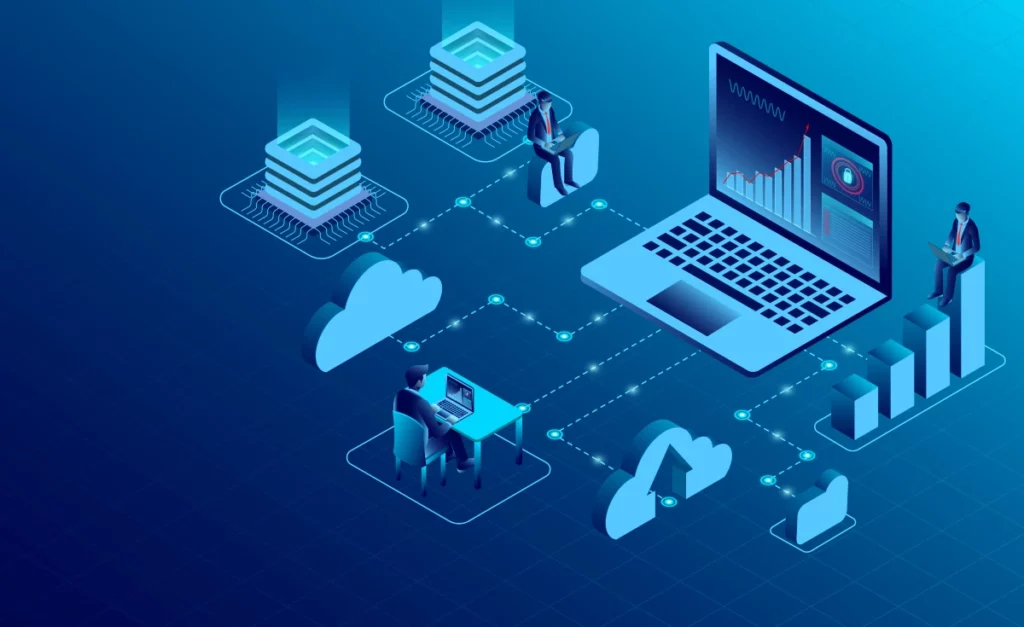Table of Contents
ToggleA. Service level management
B. Change control
C. Problem management
D. Continual improvement
Correct Answer:
D. Continual improvement
Detailed Explanation
In ITIL 4, Continual Improvement is emphasized as a responsibility for everyone in the organization, not just a specific team or department. This practice encourages a culture of ongoing enhancement and optimization, where all employees actively seek opportunities to improve processes, services, and overall performance.
The Importance of Continual Improvement in ITIL 4
Continual Improvement is a fundamental component of the ITIL 4 framework. It emphasizes that all organizational members contribute to making incremental changes that lead to better efficiency, customer satisfaction, and operational resilience.
- Creating a Culture of Improvement: When everyone is responsible for improvement, it instills a proactive mindset across the organization. Employees at all levels are encouraged to identify areas where improvements can be made, fostering innovation and engagement.
- Supporting Long-Term Success: Continual Improvement is not a one-time project but an ongoing process that supports the organization’s long-term objectives. By embedding improvement in everyday activities, organizations are better prepared to adapt to changes in technology, market conditions, and customer needs.
- Alignment with Organizational Goals: Continual improvement aligns with strategic objectives, allowing organizations to consistently pursue excellence in service management. It also supports compliance and regulatory requirements by ensuring that processes and practices evolve to meet current standards.
Continual Improvement Process
The Continual Improvement practice involves several key steps:
- Identifying Opportunities: All employees are encouraged to identify potential areas for improvement, whether they relate to efficiency, cost reduction, or customer satisfaction.
- Prioritizing Initiatives: Improvements are prioritized based on their potential impact, cost, and alignment with strategic goals.
- Implementing Changes: Improvement initiatives are executed, with careful monitoring and adjustment as needed to ensure positive outcomes.
Real-World Example
In a software development company, employees from various departments contribute ideas for improving project workflows, communication, and testing processes. Through continual improvement, the company gradually refines its project management practices, reducing errors and delivering higher-quality software to clients.
Importance of a Collaborative Approach to Continual Improvement
When everyone in the organization participates in continual improvement, it creates a collaborative environment where new ideas are welcomed, leading to a more agile and responsive organization. This culture of improvement enables businesses to meet customer demands effectively and maintain a competitive edge.
